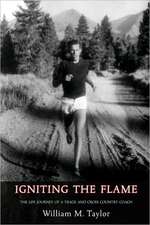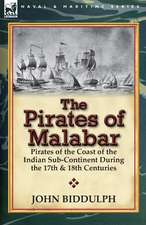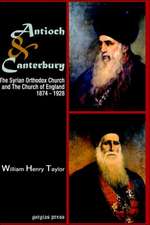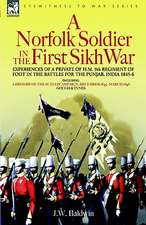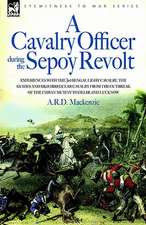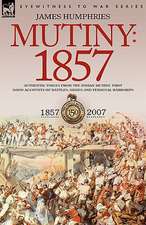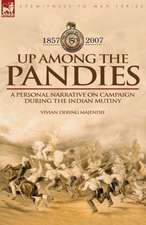With the Cavalry to Afghanistan
Autor William Tayloren Limba Engleză Paperback – 18 dec 2008
William Taylor, the author of this book, was a trooper in H.M 4th Light Dragoons in India as the campaign began to place Shah Shuja on the throne of Afghanistan. The Afghan people rejected the choice of the Imperial interlopers and preferred their own choice, Dost Mohammed. So the stage was set for the First Afghan War and one of Britain's most catastrophic military disasters. Taylor takes on the campaign of the Indus from the horse soldiers perspective. It was a hot, dusty affair of battle, sniping from hidden tribesmen, the storming of citadels and the knife in the dark within a harsh and uncompromising land. A must for all those interested in warfare in Afghanistan and the British Army on campaign during the Victorian era.
| Toate formatele și edițiile | Preț | Express |
|---|---|---|
| Paperback (1) | 83.86 lei 6-8 săpt. | |
| Leonaur Ltd – 18 dec 2008 | 83.86 lei 6-8 săpt. | |
| Hardback (1) | 160.08 lei 6-8 săpt. | |
| Leonaur Ltd – 18 dec 2008 | 160.08 lei 6-8 săpt. |
Preț: 83.86 lei
Nou
Puncte Express: 126
Preț estimativ în valută:
16.05€ • 16.58$ • 13.36£
16.05€ • 16.58$ • 13.36£
Carte tipărită la comandă
Livrare economică 25 martie-08 aprilie
Preluare comenzi: 021 569.72.76
Specificații
ISBN-13: 9781846775673
ISBN-10: 1846775671
Pagini: 124
Dimensiuni: 140 x 216 x 7 mm
Greutate: 0.17 kg
Editura: Leonaur Ltd
Locul publicării:United Kingdom
ISBN-10: 1846775671
Pagini: 124
Dimensiuni: 140 x 216 x 7 mm
Greutate: 0.17 kg
Editura: Leonaur Ltd
Locul publicării:United Kingdom
Notă biografică
William Taylor (1821-1902) was a trailblazing American Methodist Episcopal missionary, author, bishop and global evangelist. His early career is synonymous with California and street evangelism. Often compared to St. Paul, Taylor traveled far and wide, pioneering innovative approaches to missions for nearly half a century in places such as Australia, the Congo and South Africa. The self-sufficiency of churches in the field was his top priority. He emphasized a "locally financed" church model that relied on local economies instead of overseas support; a methodology still used today.
